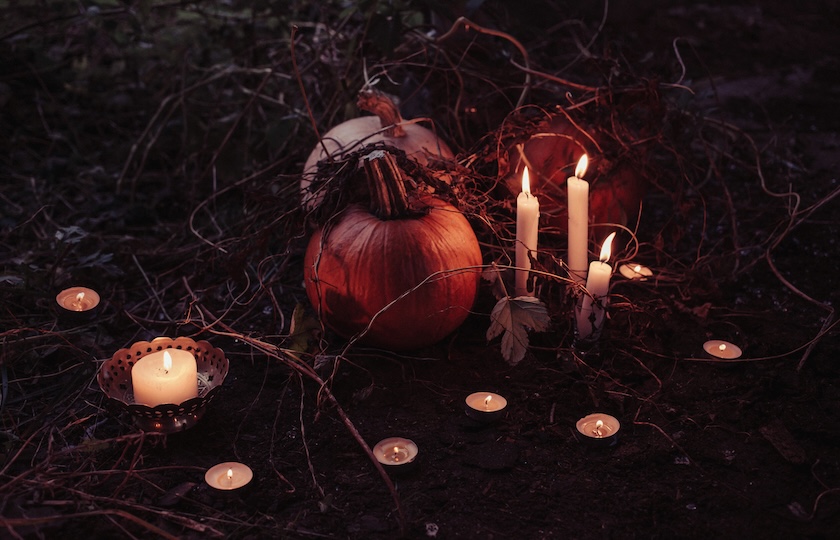The spooky Halloween season is here – and with it, the annual surge in plastic waste, thanks to all the festive decorations.
An RMIT sustainability expert has explained how decorative objects such as fake spider webs, carved pumpkins and squishy spiders are harming the native environment.
Sarah Bekessy, RMIT professor of Sustainability and Urban Planning, said most Australians are ready for the enjoyment of ‘Halloween fun’, especially the children who have embraced the ‘creepy’ confectionery, including chocolates and lollies, which are usually wrapped in plastic packaging and can be harmful to the animals around us.
“Single plastics from costumes and decorations, while fun for the night, can take thousands of years to break down and may end up as microplastic pollution in our riverways and oceans,” said Bekessy.
She also explained that human-created cobwebs can entangle insects and birds that may mistakenly use them as nesting material.
And the light pollution from electric decorative lights, such as lanterns, combined with streetlights, can interrupt animals’ sleep patterns or prevent herbivorous animals from foraging.
“No one wants a night of fun to become a lifetime of grief for our enchanting native wildlife, but luckily, there are great alternatives. Cut down on Halloween lights – it will be spookier!”
Bekessy said we can replace fake spiderwebs with old sheets, cheesecloth or woven string, or make a DIY costume by scouting thrift stores.



